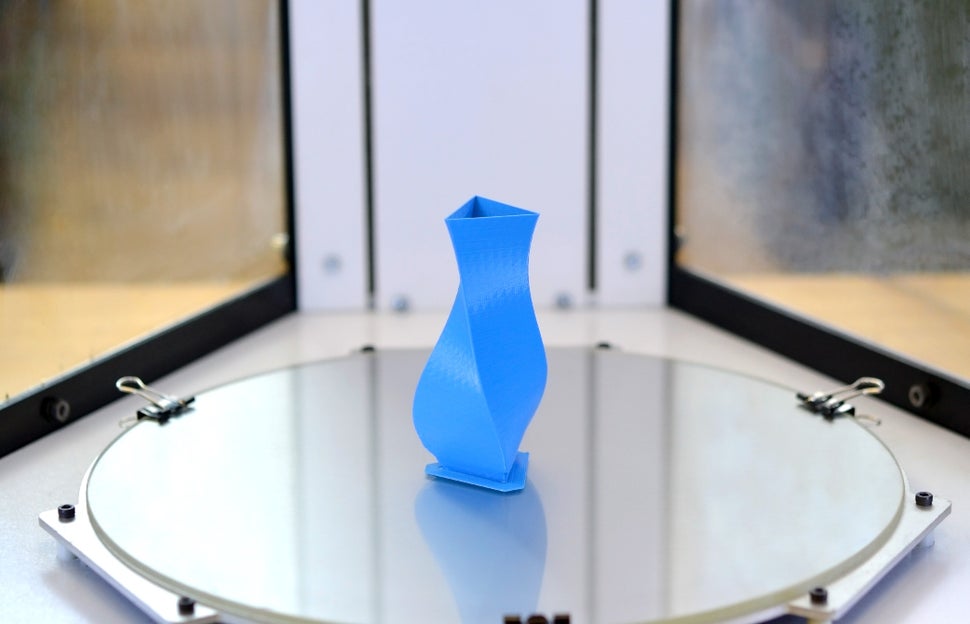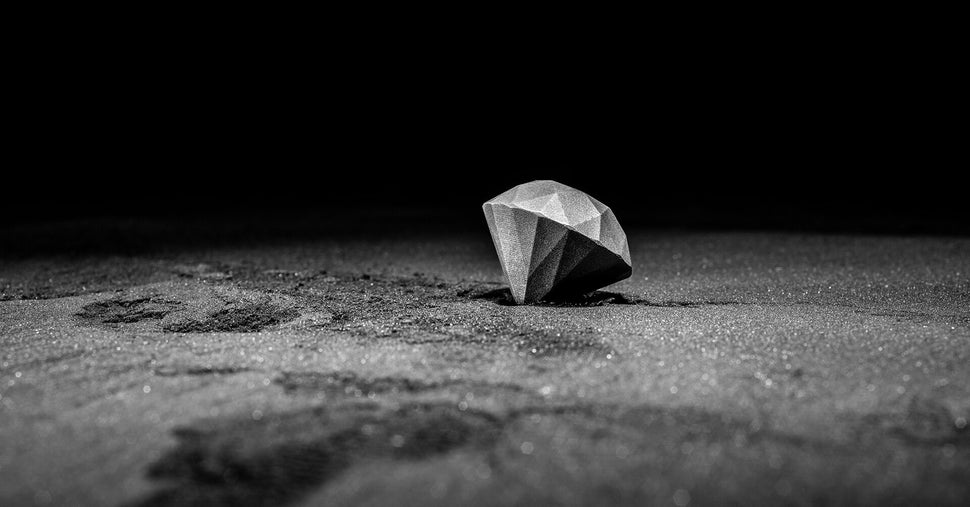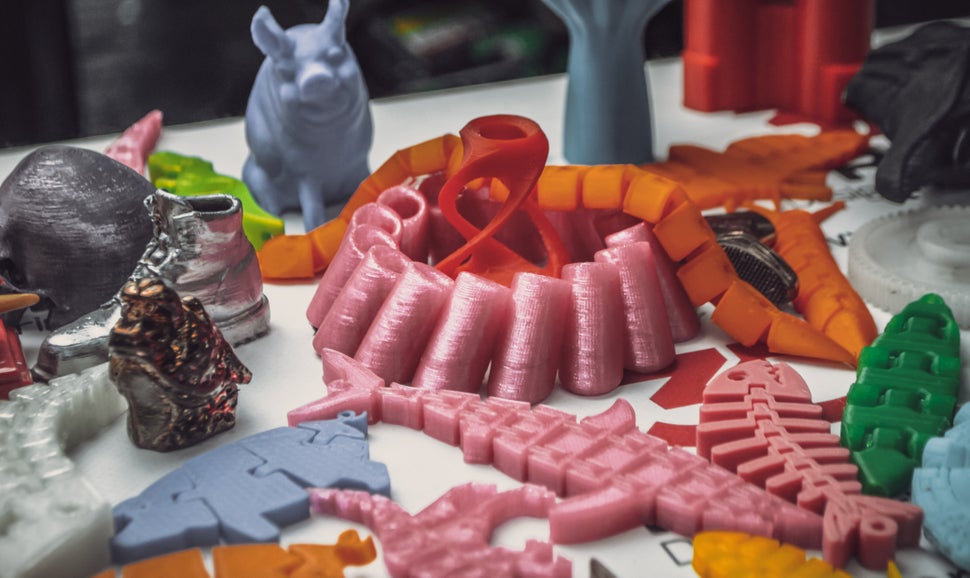
It may come as a surprise, but 3D printing has actually been around for close to 40 years. ‘Additive manufacturing technology’ as it’s otherwise known, began in 1981 when Japanese engineers first came up with the idea of a rapid-prototyping system using photopolymers.
Three years later and ‘stereolithography’ was invented, which let designers create virtual 3D models that could then be created using liquid photopolymer, which turned into solid plastic using an ultra-violet laser beam.
By the 2000s, scientists had worked out how to use lots of different materials and composites in 3D printing, and in this last decade we’ve arrived at a point where 3D printers are becoming available to the mass market.
Here are some of the greatest innovations in the history of 3D printing.
Diamonds are forever
OK, so not quite diamonds in the De Beers sense. These ones don’t sparkle – in fact they’re grey, and are a composite made from diamond powder and polymer. But what they do retain are the physical properties of a diamond, namely the density and toughness (diamonds being the hardest natural material on the planet), durability, heat conductivity and incredibly low thermal expansion, meaning the material barely expands or contracts with temperature changes.
Diamonds have been integrated into manufacturing tools for many years, but they’re hugely expensive and it’s almost impossible to form complex shapes. Not any more. This ground-breaking new technology, invented by Swedish company Sandvik, means 3D-print diamond composites can be formed into any shape, opening the door to revolutionary new processes in manufacturing that could in turn transform all kinds of industrial activities from mining to space exploration.

Prosthetic jaw bone
In 2012, surgeons transplanted a lower jaw bone into an 83-year-old woman’s face. The jaw bone itself was made from titanium powder heated and fused by a laser, and created one layer at a time by a 3D printer. Biotech is being transformed by 3D printing, most notably in the area of prosthetic limbs. Because 3D printing can provide the rapid and cost-effective creation of bespoke products, it’s the ideal technology for prosthetics, given every individual’s body shape and bone structure is subtly different. 3D printing is also having a huge impact on things like facial reconstruction, 3D printed skin for burn victims, dentistry and even the creation of internal organs – crucial when there is a shortfall of donors for transplants.
The house (and everything in it)
It’s with consumables that 3D printing will have the greatest everyday impact on our lives. They allow us to create anything from bespoke jewellery to bespoke toys for the kids (expect action figures resembling family members) to clothes, household gadgets and furniture. But last year, the Dutch city of Eindhoven became the first place in the world to embark on making habitable homes using a large 3D concrete printer. Known as Project Milestone, it’s a collaboration between the Eindhoven University of Technology and construction companies, and the process will cut costs and environmental damage by reducing the amount of concrete used.

Better batteries
If the future is to be fully electric, particularly with cars, then battery technology needs to develop further. Researchers in the US have been using 3D printers to create microlattice structures that improve the capacity and charge-discharge rates of lithium ion batteries, meaning the batteries last longer and are more energy efficient. 3D printer technology is also helping to make ‘microbatteries’, which occupy volumes less than 1mm cubed, and could be used to supply electricity to tiny devices used in medicine and communications. It also goes to make energy storage more space efficient, meaning that in the electric future, your home and car might use batteries no bigger than a matchbox.
The space wrench
In 2014, a wrench went missing on the International Space station. Fortunately there was a 3D printer on board, so after NASA approved the design of the replacement wrench, the data was sent to the 3D printer on the ISS, and a new wrench was made while orbiting 400km above the Earth. It was a hugely significant moment, the first step on a journey to manufacturing in space, paving the way for far more ambitious projects involving 3D printers, such as orbiting factories, moon colonies and a mission to Mars.